Nationality German Movement Expressionist dance | Name Mary Wigman | |
 | ||
Full Name Karoline Sophie Marie Wiegmann Died September 18, 1973, Berlin, Germany Books The Mary Wigman Book: Her Writings, The language of dance, Liebe Hanya Known for Modern dance, Dance therapy Similar People Rudolf von Laban, Kurt Jooss, Gret Palucca, Isadora Duncan, Martha Graham | ||
Mary Wigman - Dancer, Choreographer and Pioneer of Expressionist Dance 3
Mary Wigman (born Marie Wiegmann, 13 November 1886 – 18 September 1973) was a German dancer, choreographer, notable as the pioneer of expressionist dance, dance therapy, and movement training without pointe shoes. She is considered one of the most important figures in the history of modern dance. She became one of the most iconic figures of Weimar German culture and her work was hailed for bringing the deepest of existential experiences to the stage.
Contents
- Mary Wigman Dancer Choreographer and Pioneer of Expressionist Dance 3
- Mary wigman hexentanz
- Life
- Productions
- Selected works
- References
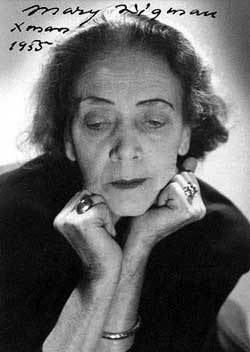
Mary wigman hexentanz
Life

Karoline Sophie Marie Wiegmann was born in Hanover, Germany.
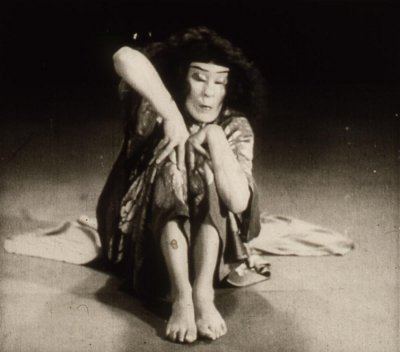
She came to dance comparatively late after seeing three students of Émile Jaques-Dalcroze, who aimed to approach music through movement using three equally-important elements: solfège, improvisation and his own system of movements, eurhythmics. Another key early experience was a solo concert by Grete Wiesenthal.

In 1913, she was introduced to Rudolf von Laban and following his lead, she worked upon a technique based in contrasts of movement; expansion and contraction, pulling and pushing. During the First World War she worked as Laban's assistant in Leipzig.
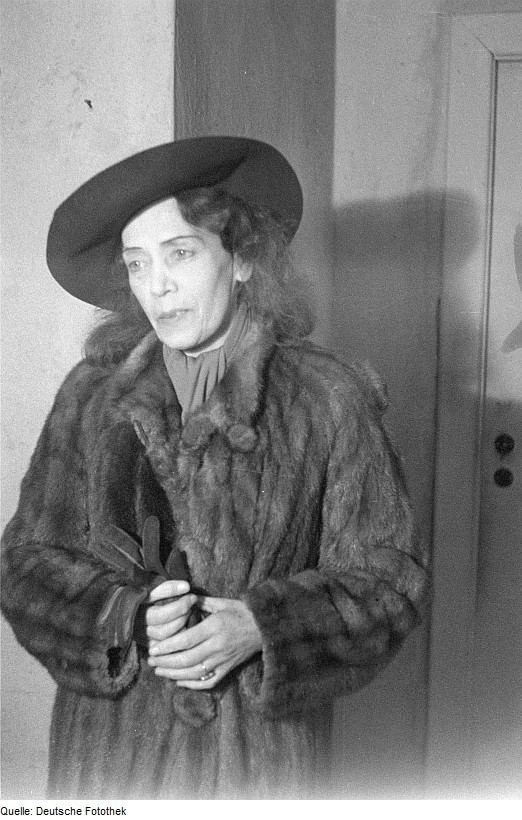
In 1918, she had a nervous breakdown.

In 1920, Wigman was offered the post of ballet mistress at the Dresden State Opera, but, after taking up residence in a hotel in Dresden and beginning to teach dance classes while awaiting her appointment, she learned that the position had been awarded to someone else.
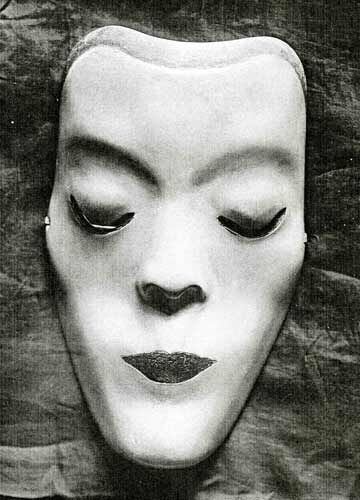
In the school year 1920/1921, Wigman instead started her own dance school, which became known as "Dresden Central School" or simply "Mary Wigman-Schule", a centre of new, expressionist dance. The rivalry and competition between her new school and the old schools of dance in Dresden emerged, especially with the Palucca School of Dance.
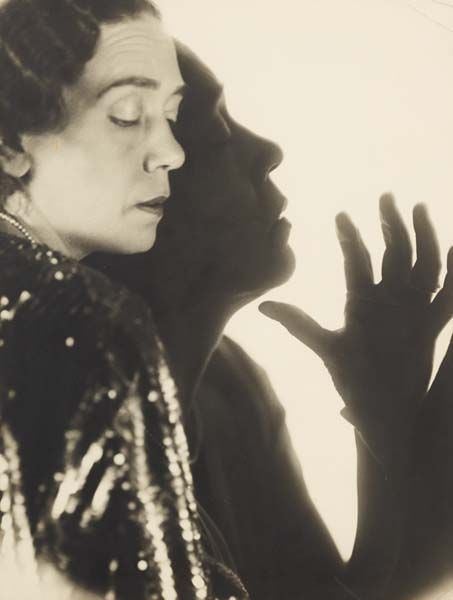
Her students and collaborators from Europe included Yvonne Georgi, Hanya Holm, Harald Kreutzberg, Gret Palucca, Max Terpis, Irena Linn, Elisabet Wiener, Sonia Revid, Margarethe Wallmann, Inge Weiss, and Meta Vidmar who in 1930 established the first school of modern dance in Slovenia. Opera-dancer Ursula Cain (*1927), who at the age of more than 80 years could still be seen on stage and TV dancing in cross-genre projects like Dancing with Time by Heike Hennig, was another student of the Mary Wigman.

Mary Wigman toured the United States in 1930 with her company of dancers; a school was founded by her disciples in New York City in 1931. Her choreography inspired communist dance troupes in the 1930s in New York City Her work in the United States is credited to her protegee Hanya Holm, and then to Hanya's students Alwin Nikolais and Joanne Woodbury. Another student and protegee of Wigman's, Margret Dietz, taught in America from 1953 until 1972.
The "Mary Wigman-Schule" existed from 1920 until 1942 and continued to operate under Nazi rule in World War II, when she obeyed the rule of government and fired all the Jewish dancers from her schools in Germany.
What had been the Mary Wigman-Schule was started again after the war by Dore Hoyer. Hoyer and the school created a Dances for Käthe Kollwitz which they performed in Dresden in 1946.
Wigman taught again in Leipzig in 1948. From 1950 until her death in 1973, she taught at a studio in West Berlin, where Susanne Linke was among her students.
She died on 18 September 1973 in Berlin, aged 86.
Productions
Wigman gave her first public performance in Munich in February 1914, performing two of her own dances, including one called Lento and the first version of Hexentanz (Witch Dance), which later became one of her most important works.
While recovering from her nervous breakdown, in 1918, Wigman wrote the choreography for her first group composition, Die sieben Tänze des Lebens (The Seven Dances of Life), which premiered several year later, in 1921. After that her career and influence began in earnest.
In 1925 the Italian financier Riccardo Gualino invited Wigman to Turin to perform in his private theater and in his newly opened Teatro di Torino. She had several years' success on the concert stage.
Wigman's dances were often accompanied by world music and non-Western instrumentation, such as fifes and primarily percussion, bells, including the gongs and drums from India, Thailand, Africa, and China, contrasted with silence.
She would often employ masks in her pieces, influenced again by non-western/tribal dance.
